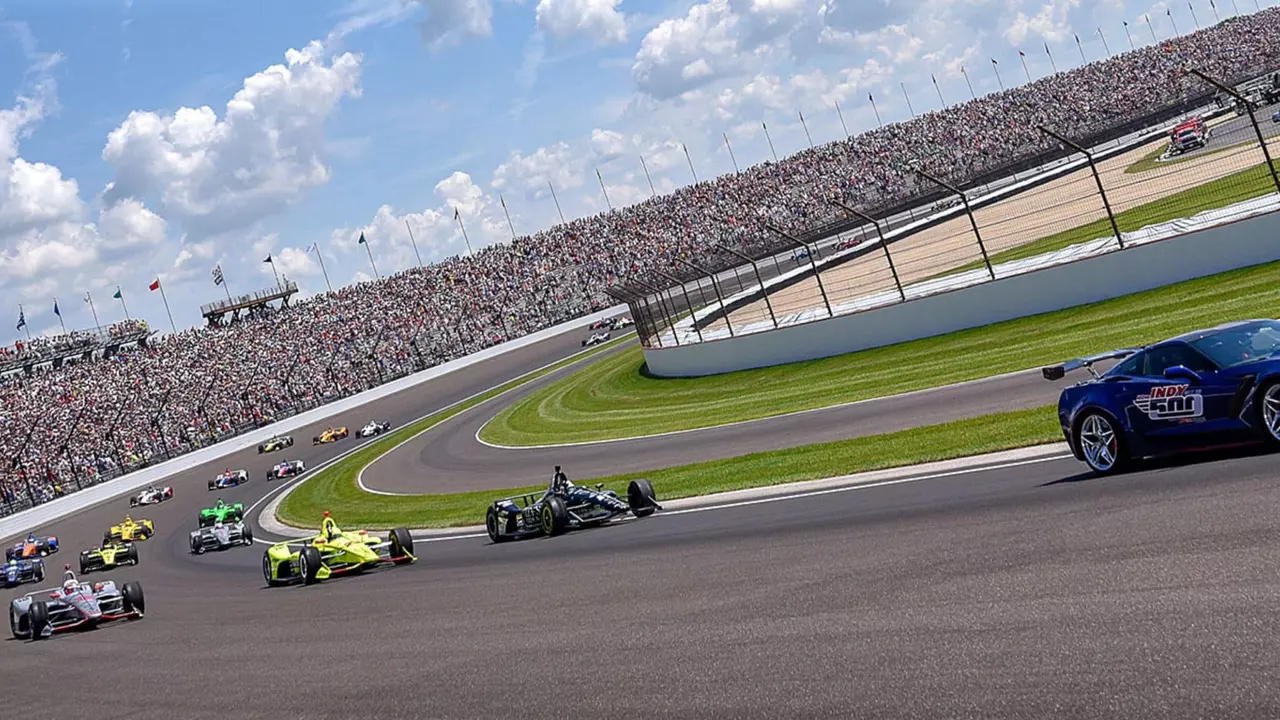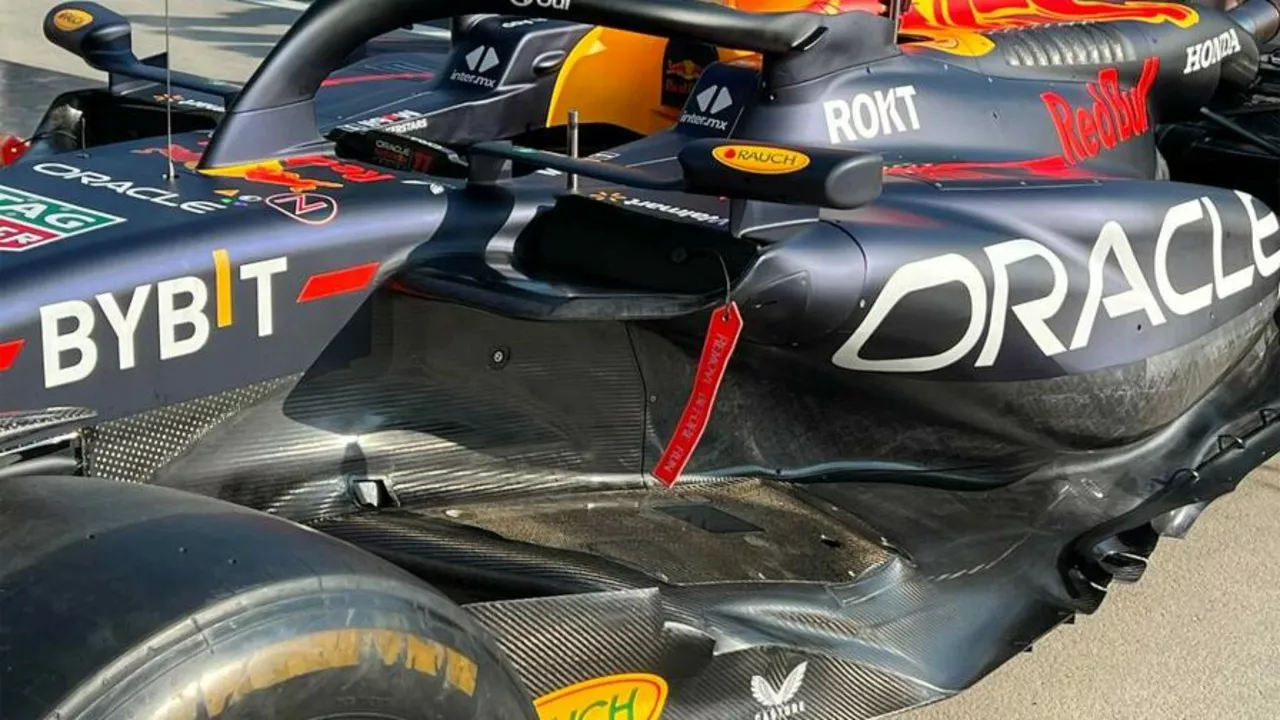Formula 1: What’s Hot, What’s Next and How It Belongs to the Formula Racing Family
If you love speed, drama and the smell of burning tires, you’re already in the right place. Formula 1 (F1) brings the fastest cars, the biggest budgets and the most global fan base together in one spectacular package. Every Grand Prix adds a new story – a surprise pole, a daring overtake, a pit‑stop that saves a race. On this tag page we’ll break down the latest headlines, explain why F1 still leads the pack, and show where it fits among the other formula series you might have heard about.
Why Formula 1 Still Rules the Track
First off, F1 isn’t just another racing series; it’s a technology showcase. Teams pour millions into aerodynamics, hybrid power units and data analytics, which then trickles down to road cars. That investment translates into record‑breaking lap times and constantly evolving race strategies. Fans notice the difference – a cornering speed that feels like a roller coaster, a braking zone that tests driver skill to the limit.
Second, the global calendar keeps the excitement fresh. From the historic streets of Monaco to the desert heat of Abu Dhabi, each venue offers a unique challenge. This variety fuels rivalries not just between drivers, but between manufacturers who design cars to suit each track’s quirks.
Finally, the personalities on and off the track make F1 a cultural phenomenon. Drivers like Max Verstappen and Lewis Hamilton aren’t just athletes; they’re influencers, activists and brand ambassadors. Their stories keep you glued to the broadcast, whether they’re battling for a podium or speaking out on sustainability.
Beyond F1: The Rest of the Formula Racing Family
Many people think Formula 1 is the only “formula” series, but there’s a whole ladder that feeds talent into the top tier. Formula 2 (F2) is the primary feeder, with cars that are slower than F1 but still fast enough to teach young drivers racecraft. A lot of today’s F1 stars cut their teeth in F2, mastering tyre management and overtaking under pressure.
Formula 3 (F3) sits a step below, offering a cheaper entry point for drivers coming out of karting. The races are shorter, the cars are less powerful, but the competition is fierce. Success in F3 often lands drivers a seat in F2, and the cycle continues.
Formula 4 (F4) gives teenagers their first taste of open‑wheel racing. It’s designed to be affordable and safe, focusing on driver development rather than engineering extravagance. If you follow the careers of rising stars, you’ll see them move from F4 to F3, then F2, before finally reaching F1.
An exciting newcomer is Formula E, the electric counterpart to traditional formula series. While it isn’t a direct step toward F1, it showcases the future of racing technology. Many manufacturers use Formula E to test battery tech that may later appear in hybrid F1 power units.
All these series share a common rule set – single‑seater, open‑wheel cars that race on circuits. That’s why the tag "formula 1" on our site also pulls in articles about the broader formula world, giving you a full picture of the sport’s ecosystem.
Ready for the latest F1 race recap? Want to know which driver is likely to move up from F2 next season? Keep scrolling through the tag page to find quick summaries, in‑depth analysis and a few fun facts you can brag about with friends. MotoSport Courier Hub updates this space regularly, so you’ll never miss a key moment on the track.
Whether you’re a die‑hard fan or just getting started, this tag page is your shortcut to everything Formula 1 and the related series that keep the racing world spinning. Buckle up – the next race is just around the corner!
After digging into the thrilling world of car racing, I've discovered that Formula 1 cars generally come out on top in terms of speed. They're designed to reach an astounding 230 mph, while IndyCars, though they put up a good fight, max out at around 235 mph. NASCAR vehicles, while undeniably fast, typically hit speeds of up to 200 mph, which is significantly slower in comparison. However, it's important to note that the fastest car can vary depending on the track and conditions. Nonetheless, the adrenaline rush from any of these races is undeniable!
After diving deep into the thrilling world of motorsports, I've been comparing the risks associated with MotoGP and Formula 1. It seems that MotoGP could be viewed as more dangerous due to the rider's exposure and the lack of a protective frame that Formula 1 cars provide. However, safety measures in both sports are top-notch, constantly evolving to ensure participants' safety. Yet, the inherent risk factors can't be ignored, making both sports a high adrenaline, high-risk affair. But, MotoGP appears to edge out in terms of danger due to the direct exposure of riders.




